A shrinking candidate pool and increased competition for top-notch talent are driving many companies to boost recruiting efforts. But, doing so without paying equal attention to employee retention is a costly mistake.
Companies must adopt a data-driven strategy to maintain a high-quality workforce and compete with other employers. Only then can they identify the right steps to boost employee retention.
 But identifying strategies to improve retention and reduce turnover is easier said than done. The first step is to answer a few key questions:
But identifying strategies to improve retention and reduce turnover is easier said than done. The first step is to answer a few key questions:
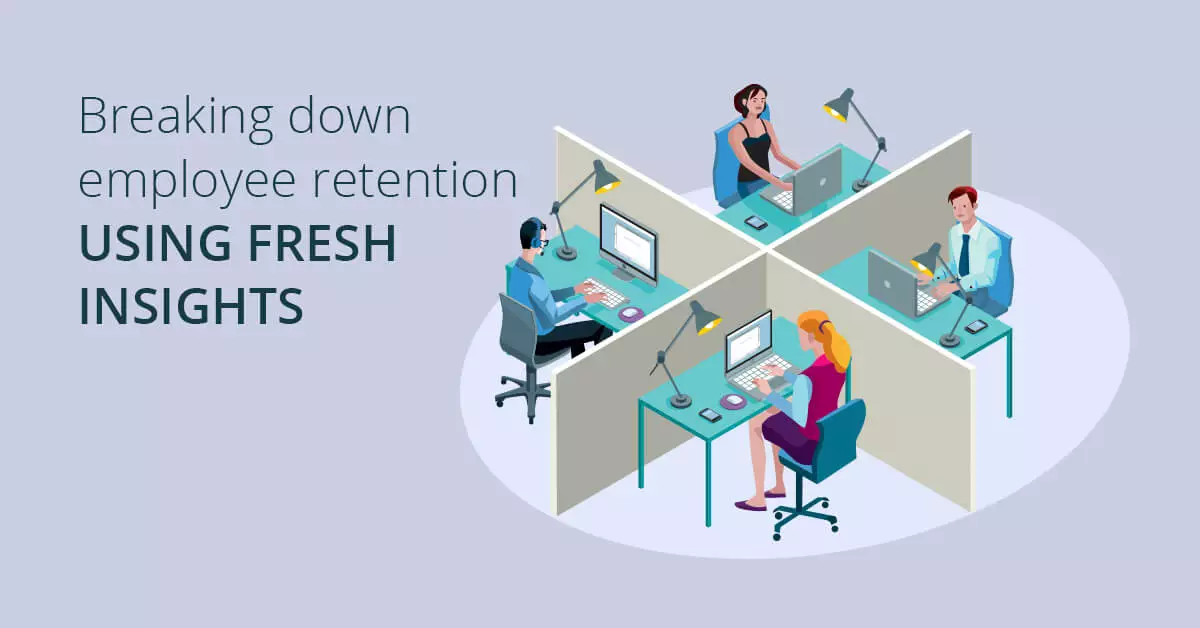

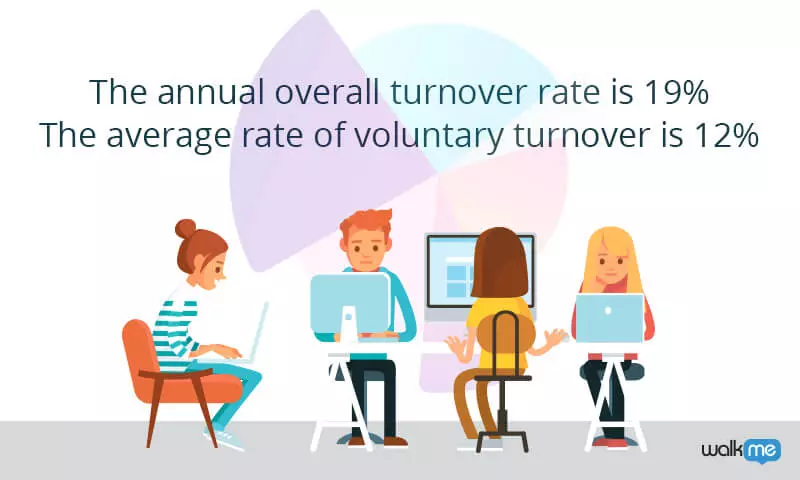
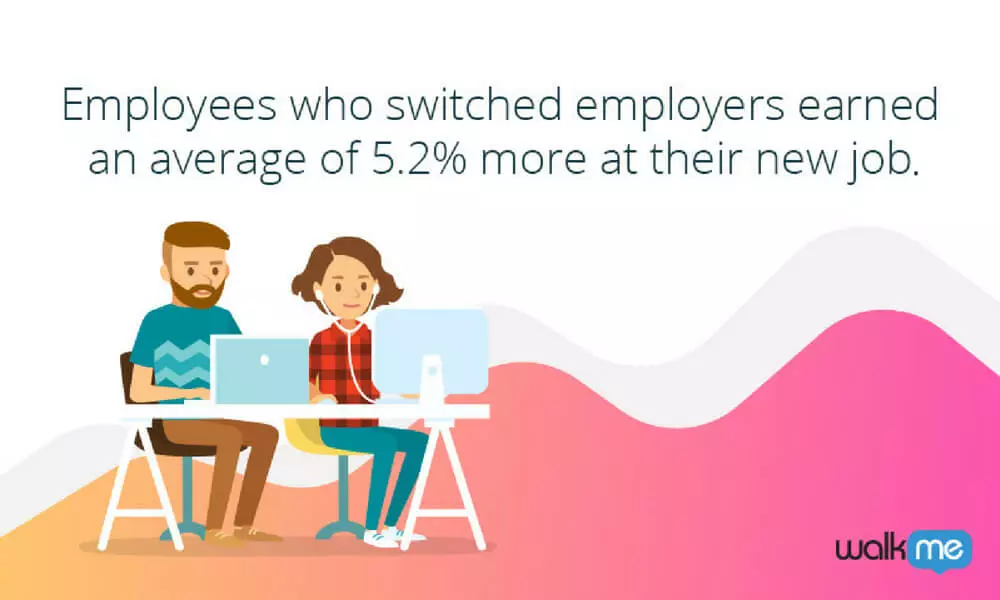
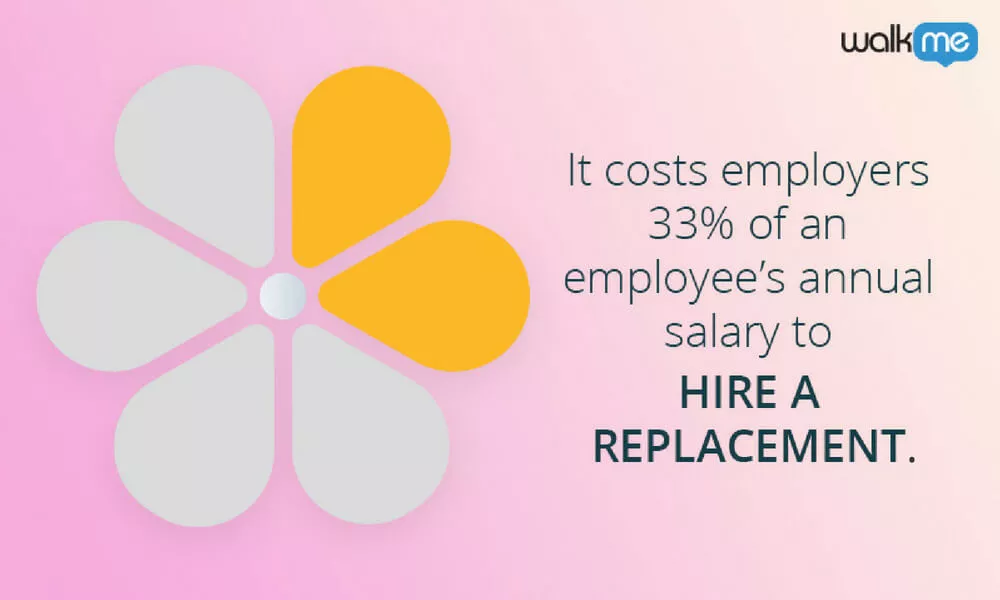
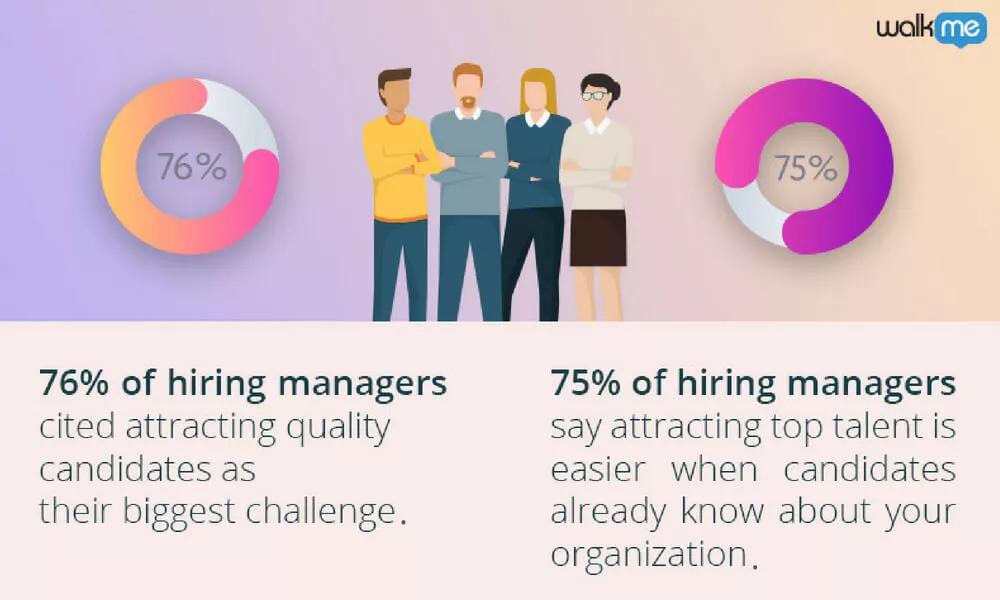
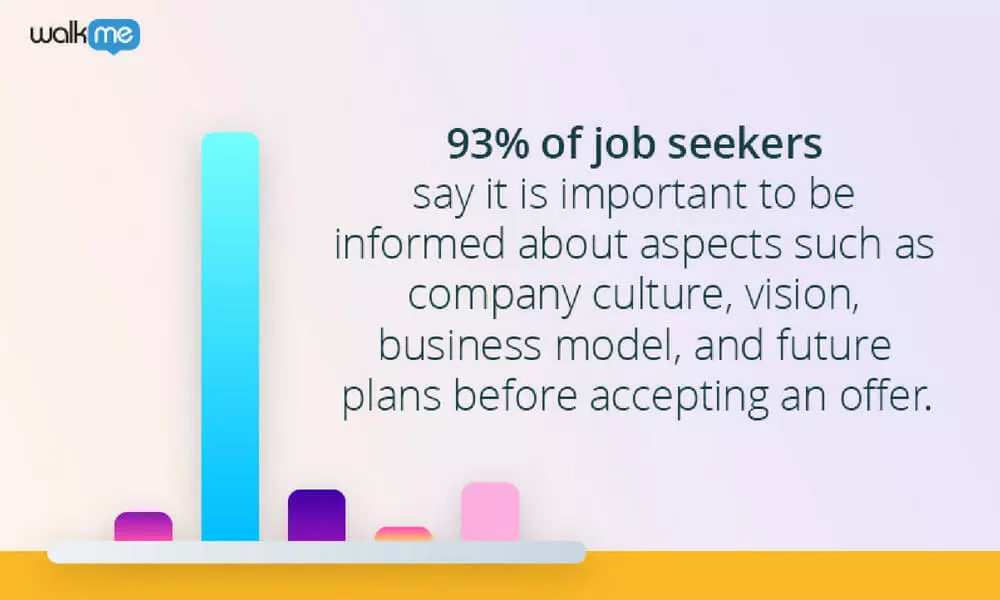



Discover the tool that helps you retain your top talent and boost productivity.
The cost of poor employee retention
By most estimates, replacing an employee costs companies at least 30% of his or her annual salary. Multiply this by the total number of employees departing each year, and you’ll quickly see how low employee retention puts a massive strain on your bottom line. In addition to the financial consequences, high turnover also has a dramatic impact on employee morale, engagement, and your ability to attract high-quality talent. It can even drive more employees to quit. After all, employees will be unlikely to plan a long-term career at a company where the average tenure is just a year or two, or maybe less. But identifying strategies to improve retention and reduce turnover is easier said than done. The first step is to answer a few key questions:
But identifying strategies to improve retention and reduce turnover is easier said than done. The first step is to answer a few key questions:
- How much does turnover actually cost?
- How frequently are employees leaving, and what’s driving them to quit?
- What kind of information do candidates look for from prospective employers?
- What are the biggest obstacles to recruiting high-quality talent?
Six core stats on employee retention and recruiting
Glassdoor, a leading job recruiting and review site, recently published “65 HR and Recruiting Stats for 2018.” We handpicked six statistics from Glassdoor’s report to jump-start your employee retention improvement effort.
1. For companies with high turnover, the cost of hiring new employees adds tens or even hundreds of thousands of dollars per year.

2. Voluntary turnover accounts for 63% of the annual overall turnover rate.

3. Employees often seek higher salaries when switching jobs, and they make an average of 5.2% more with their new employer.

4. Employers spend one-third of a departing employee’s annual salary just to replace him or her.

5. Attracting the right kind of talent is HR managers’ biggest challenge, but having a well-known company brand helps.

6. In addition to being familiar with a company’s brand, prospective employees want insight into the culture and strategy before signing on.

Four tips to drive your employee retention improvement plan
Now that we have the numbers, we can address a few key steps for improvement.
1. Bolster your employee onboarding process
The type of experience you provide new employees during their first days and weeks has an outsized impact on retention. Unfortunately, many companies continue to commit the same employee onboarding mistakes. Ensure your new hires are empowered to succeed by giving them a warm welcome, resources, and support. Be prepared for their arrival — there’s no better way to send a new employee running than displaying chaos and disorganization. When it comes to introducing your enterprise software, choose a training method that will enable them to quickly learn and work on the platform. Nip “software frustritis” in the bud.2. Hold stay interviews
Many companies conduct exit interviews to find out what employees didn’t like about their experience, and to figure out how to improve. But why wait until an employee is already on the way out to correct shortcomings? You can better retain employees — especially those who are considering making a move — if you receive direct feedback from them.
3. Provide tailored growth and development opportunities
Professional growth and development opportunities are not only effective for producing a higher level of talent, but also raising engagement and employee retention. This is especially true among millennials, who now make up the largest generation in the U.S. workforce (35%), according to the Pew Research Center. But only 29% of millennials are engaged in their work, and disengagement is a short road to turnover. To engage and retain millennials, companies must give them a compelling reason to stay. The vast majority of millennials (87%) say professional growth and development opportunities are top priorities, according to Gallup.


